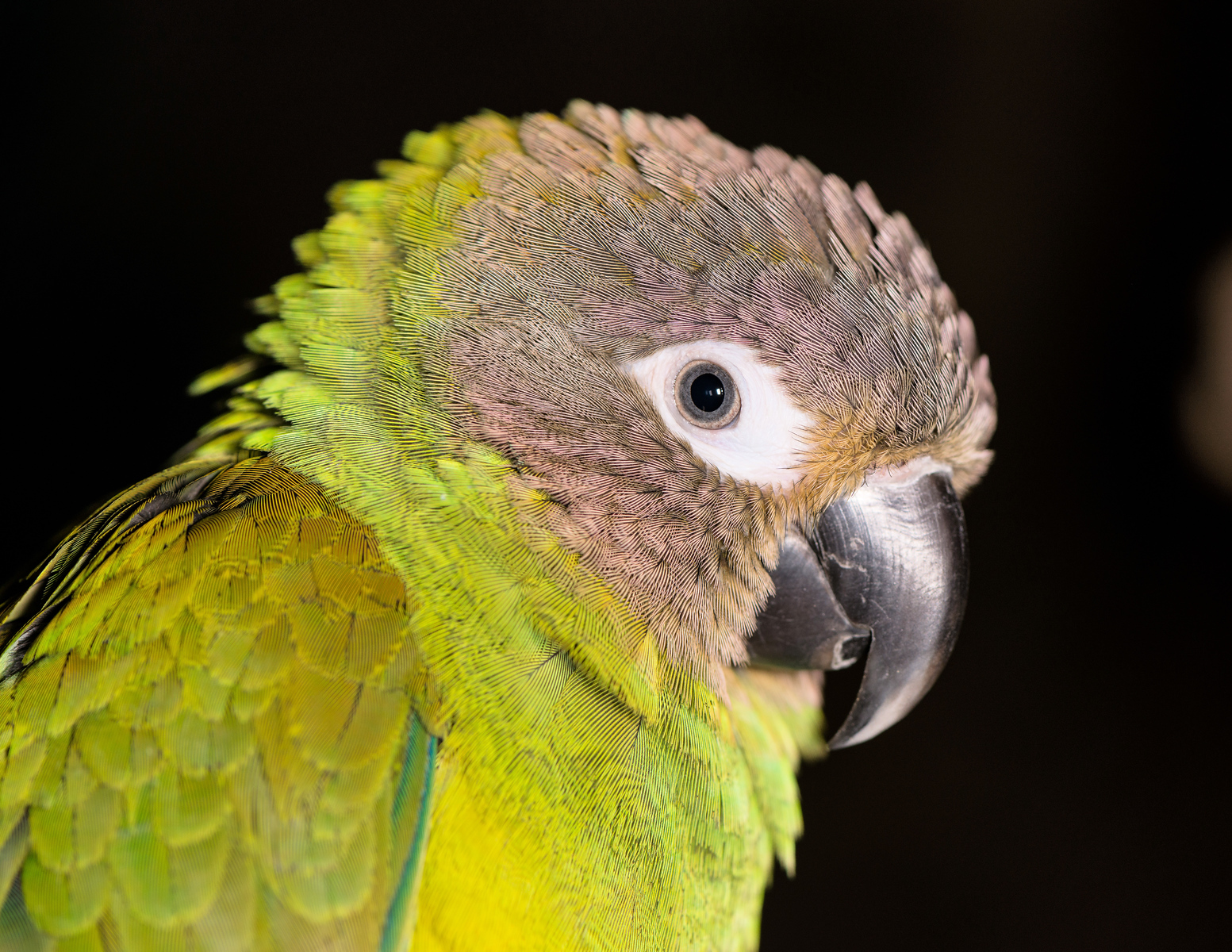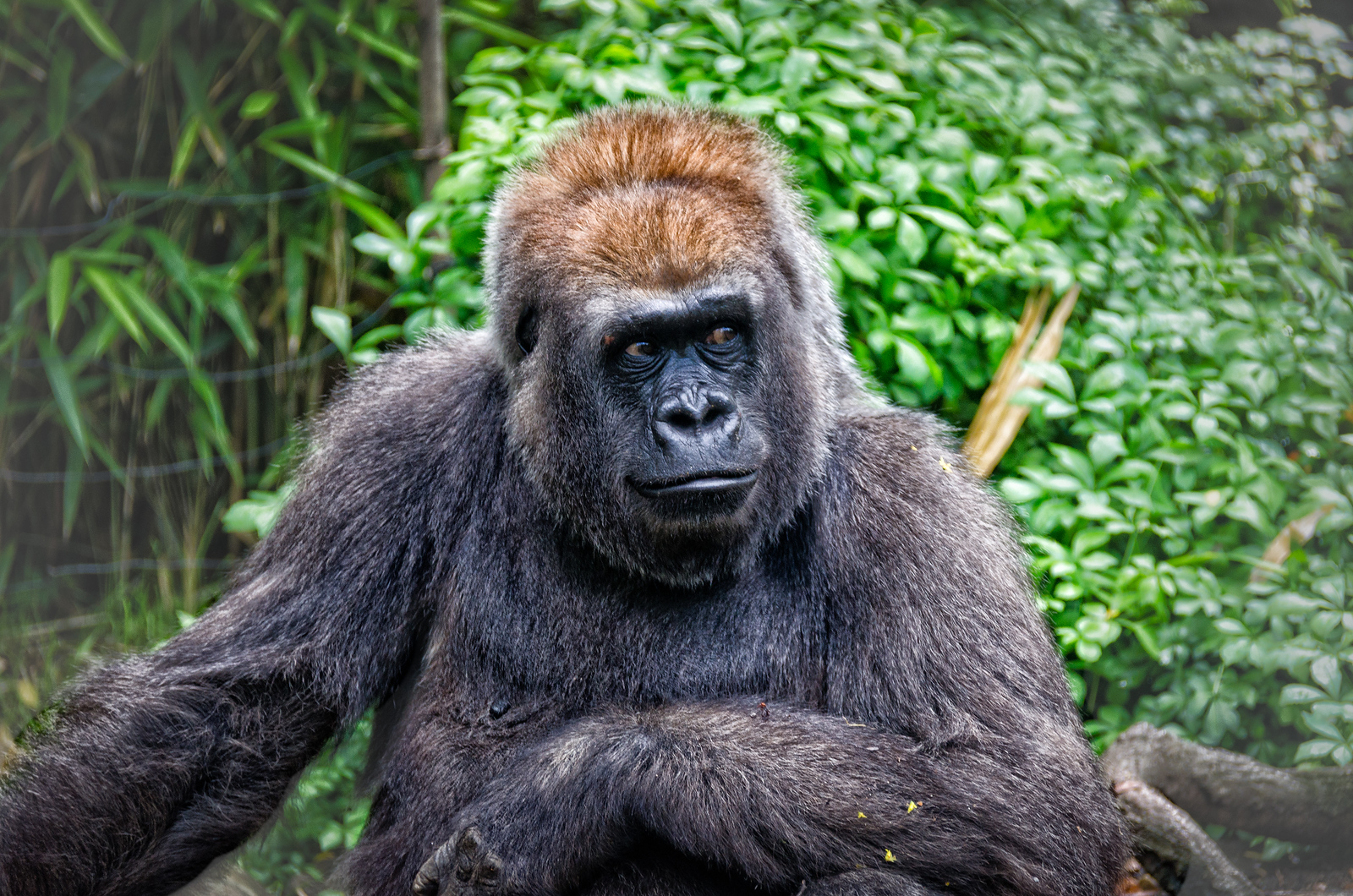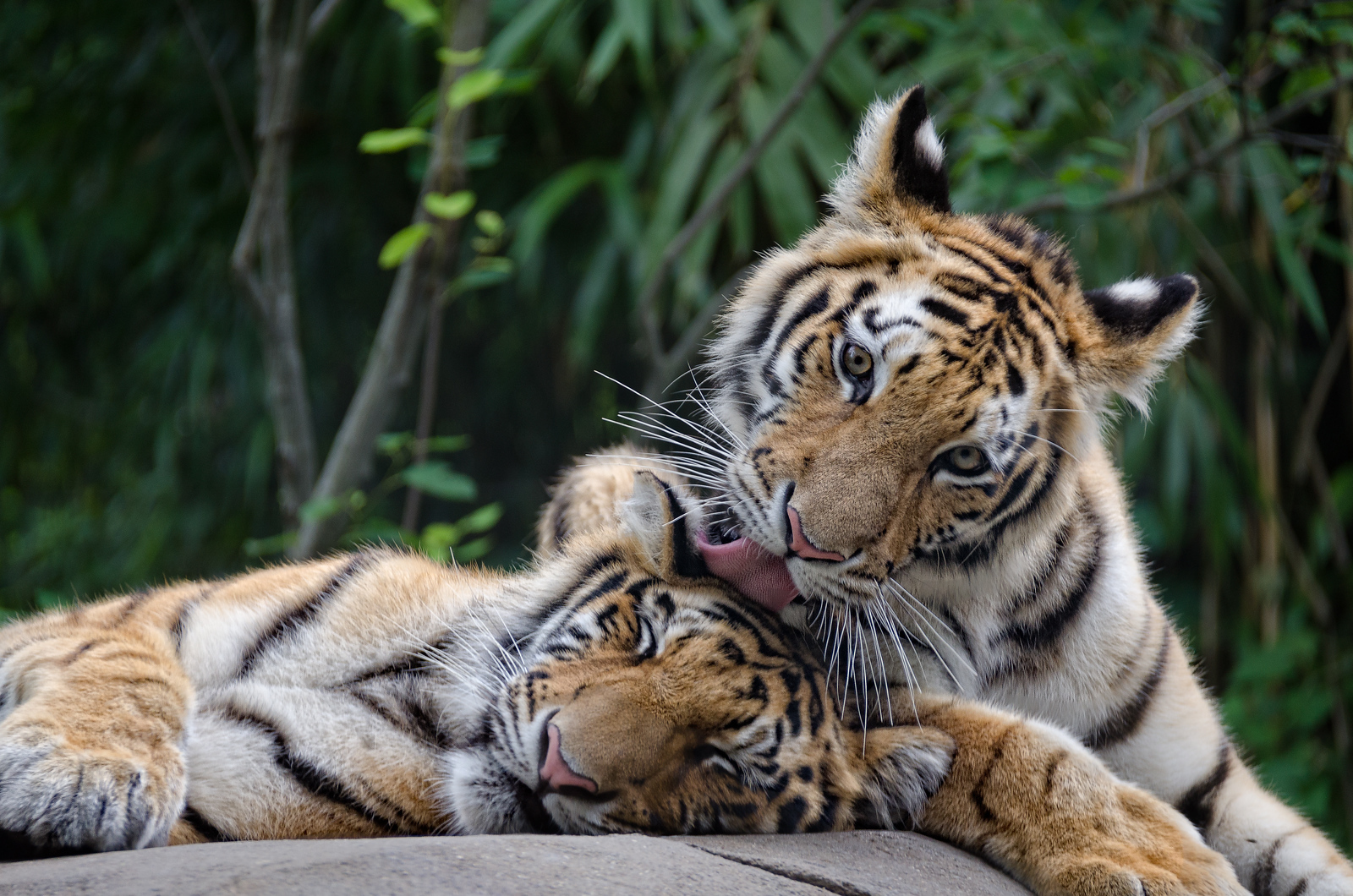For starters, I liked Scott Kelby's Lightroom 5 book for digital photographers. It is aimed a first-time users but is very complete with step-by-step instructions i.e. "click here" with screen shots and an arrow pointing to the button. It is not a one or two day read. No good book on Lightroom will be.
Another good book is Victoria Bampton's Lightroom 5 the missing FAQ which as the title implies follows a Q&A format like, well, a FAQ. BTW, she also has a good forum at Lightroom Forums where one can post questions and get pretty good answers.
The heavyweight, if you want to get into every nook and cranny of the software, is Martin Evening's The Adobe Photoshop Lightroom 5 Book. It is excellent in completely covering the software and how to use it. Definitely not light reading though.
Having read all three I'd recommend Kelby's book first, then Bampton's, then Evening's. Or you may be satisfied with what you find in just Kelby's book.
Another good book is Victoria Bampton's Lightroom 5 the missing FAQ which as the title implies follows a Q&A format like, well, a FAQ. BTW, she also has a good forum at Lightroom Forums where one can post questions and get pretty good answers.
The heavyweight, if you want to get into every nook and cranny of the software, is Martin Evening's The Adobe Photoshop Lightroom 5 Book. It is excellent in completely covering the software and how to use it. Definitely not light reading though.
Having read all three I'd recommend Kelby's book first, then Bampton's, then Evening's. Or you may be satisfied with what you find in just Kelby's book.




